Propagating Thyme Plants: Thyme Seed Planting And Rooting Thyme Plants
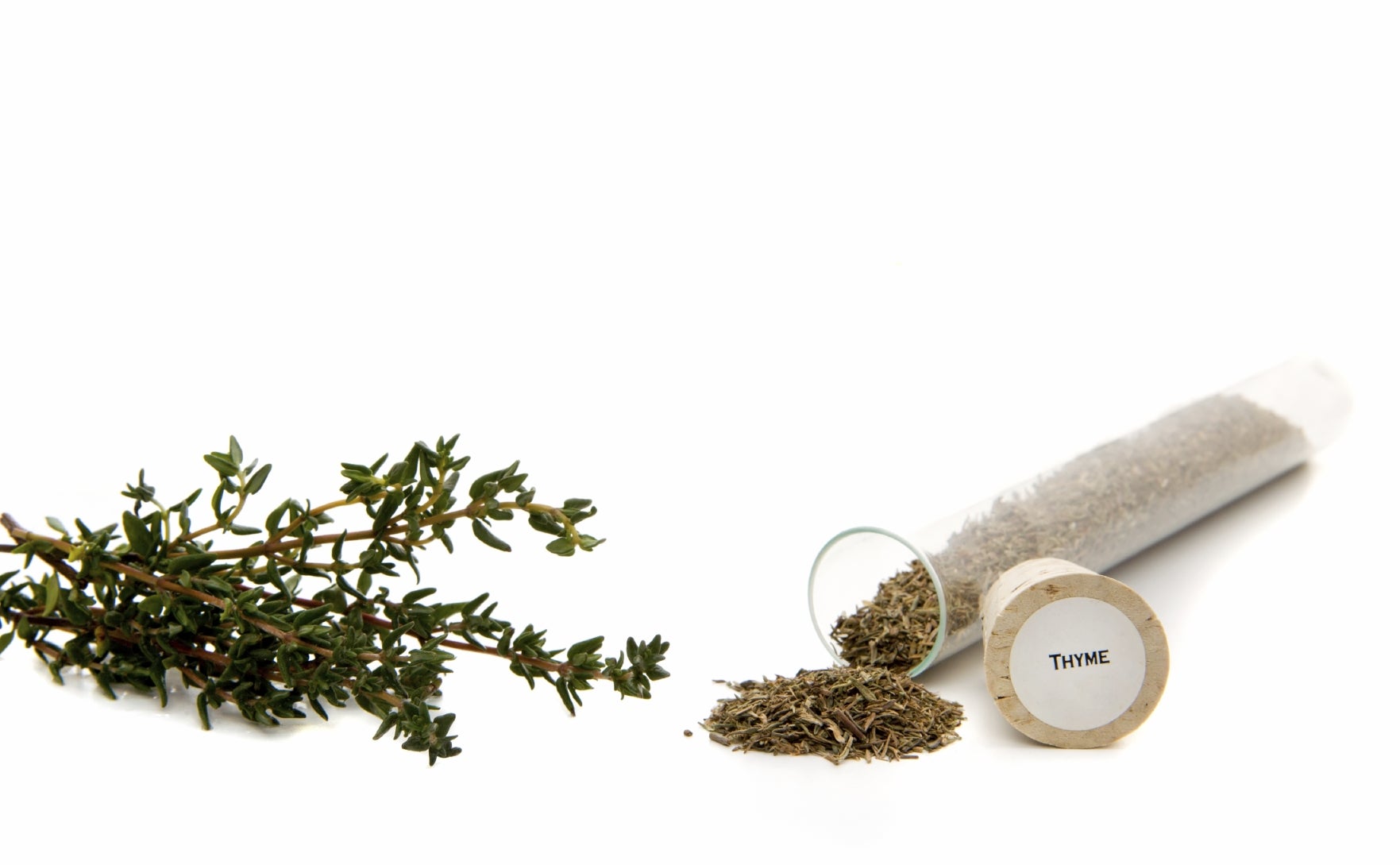
Thyme is an herb steeped in history with a wide range of uses not the least of which is culinary. Thyme was used by ancient Egyptians for embalming, as incense by the earliest Greeks, as a ward against nightmares, and even as a gift to foster courage among warriors during the Middle Ages. With such a plethora of applications, it is a “must have” for the herb garden. So how then does one propagate thyme?
Propagating Thyme Plants
Thyme propagation can be accomplished in a number of ways. It is a hardy little plant most commonly grown for its essence of thymol, which gives a distinct flavor to foods in cuisines from French (herbs de Provence) and Lebanese to Italian, Greek, Turkish, Portuguese, and even the Caribbean. This herb may be sprouted from seed with additional propagating of thyme plants accomplished via root division, cuttings, and even layering.
Thyme Seed Planting
Thyme plants can handle deep freezing conditions and are tolerant of drought. As such, they are easy herbs to grow in most regions. This member of the family Labiatae (Thymus vulgaris) will not only thrive in the herb garden, but also does well in containers and some varieties are especially suited to tight areas among pavers in well-trod patios or walkways. Thyme plants thrive in hot, sunny areas of well-drained soil (pH of 6.3) and should be sown by seed in the spring in a seed tray or directly into the garden. Keep young plants moist and thin to 6 inches (15 cm.) apart. Hardy in USDA zones 5 through 9, thyme will grow to around 12 inches (31 cm.) tall for upright cultivars and 10 to 12 inches (25-31 cm.) across. Thereafter, in most climates, the plant will grow as a perennial and, once established, requires very little watering and no fertilization.
Rooting Thyme Herbs
This little shrub-like herb may easily be divided or propagated through cuttings for supplementary plants. Propagate from root division during the spring months. Divide the little bush into smaller sections and make sure that each section has roots attached to it. Cuttings may also be taken in late spring for propagation of additional thyme plants. Take your thyme cutting at a node on the stem at a point where the leaves attach. This is where the root formations are most viable. Remove the lower leaves and then push the cut end into a container of moist soil mix, vermiculite, or perlite. Keep the pot in a warm, shaded area and keep slightly damp. Layering of thyme plants will also result in an easy propagation of the herb. Simply bend a stem down to the ground, remove the leaves from the stem, and cover it with soil. Water the bent section in lightly. To facilitate rooting, cut a small lesion just below a node on the buried stem. The mother plant will nourish the layered section until roots form on the bent stem, at which time it may be severed from the mother and, voila, a brand new thyme plant is formed. At that time, the plant may be moved into a container or other area of the garden. Useful in potpourris and sachets, as an antiseptic, in wreaths and floral arrangements, as well as in a variety of culinary creations from vinegar to herbal butter, stuffing, soups, breads, and teas, this herb is an easy plant to cultivate and propagate and integral to the herb garden.
Gardening tips, videos, info and more delivered right to your inbox!
Sign up for the Gardening Know How newsletter today and receive a free copy of our e-book "How to Grow Delicious Tomatoes".

Amy Grant has been gardening for 30 years and writing for 15. A professional chef and caterer, Amy's area of expertise is culinary gardening.
-
 Looking For Plants To Give You The Soft And Fuzzies? Try These 5 Fuzzy Leaf Plant Options
Looking For Plants To Give You The Soft And Fuzzies? Try These 5 Fuzzy Leaf Plant OptionsLovers of texture, drama, silver foliage and tactile plants will adore these special sensory garden additions. These fuzzy leaf plant options will leave you all aglow
By Susan Albert
-
 Get Ready For A Summer Of Hummers! Grow These Full Sun Hummingbird Plants and Flowers
Get Ready For A Summer Of Hummers! Grow These Full Sun Hummingbird Plants and FlowersIf you’re lucky enough to enjoy a sunny backyard, make sure you are maxing out on your pollinator opportunities and grow these full sun hummingbird plants and flowers
By Tonya Barnett
-
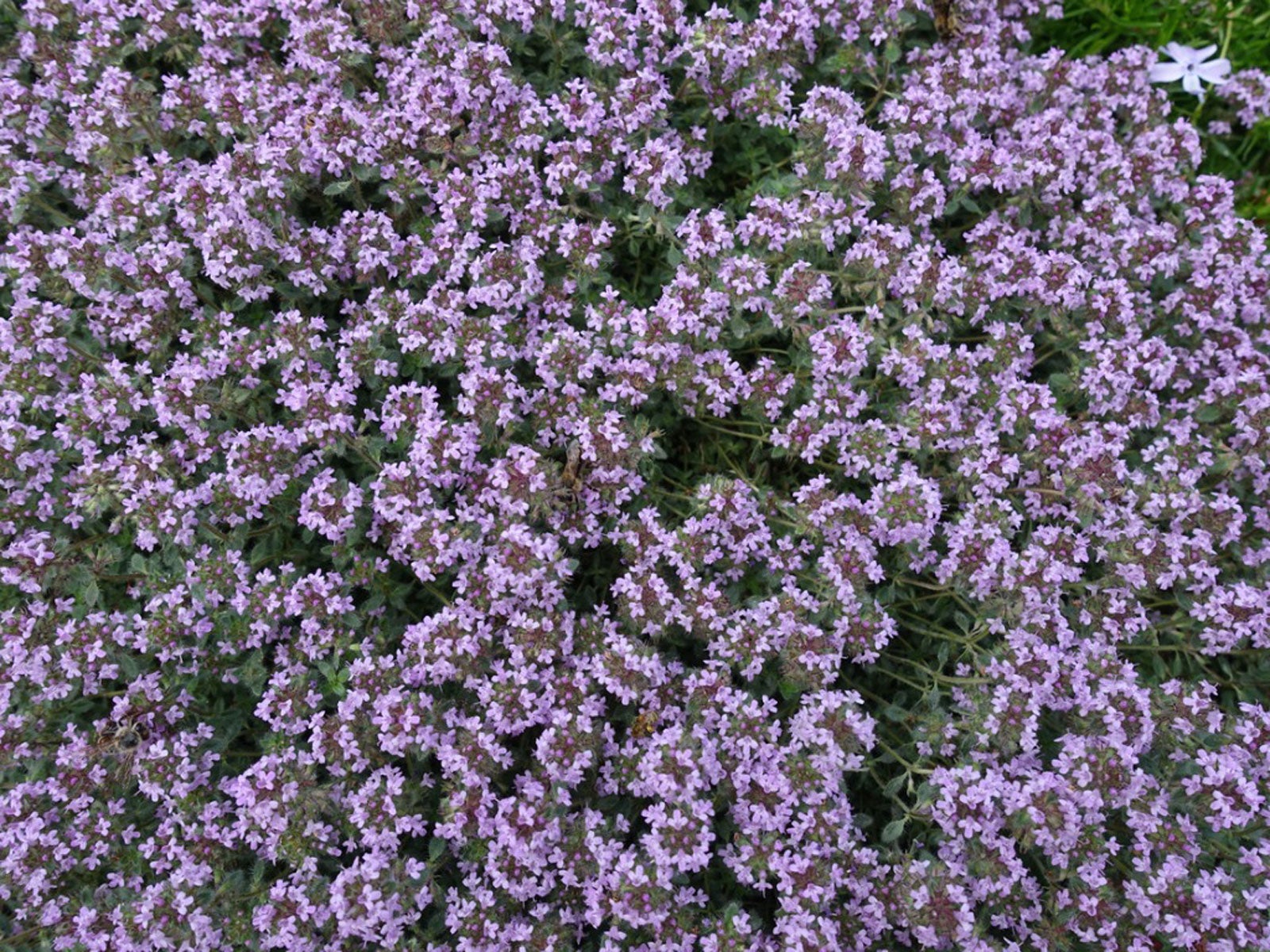 Growing Woolly Thyme: Information On Woolly Thyme Ground Cover
Growing Woolly Thyme: Information On Woolly Thyme Ground CoverThere are plants you just want to touch and woolly thyme plants are just one of them. Growing and caring for this herb plant is easy. Read this article for information on how to grow woolly thyme.
By Bonnie L. Grant
-
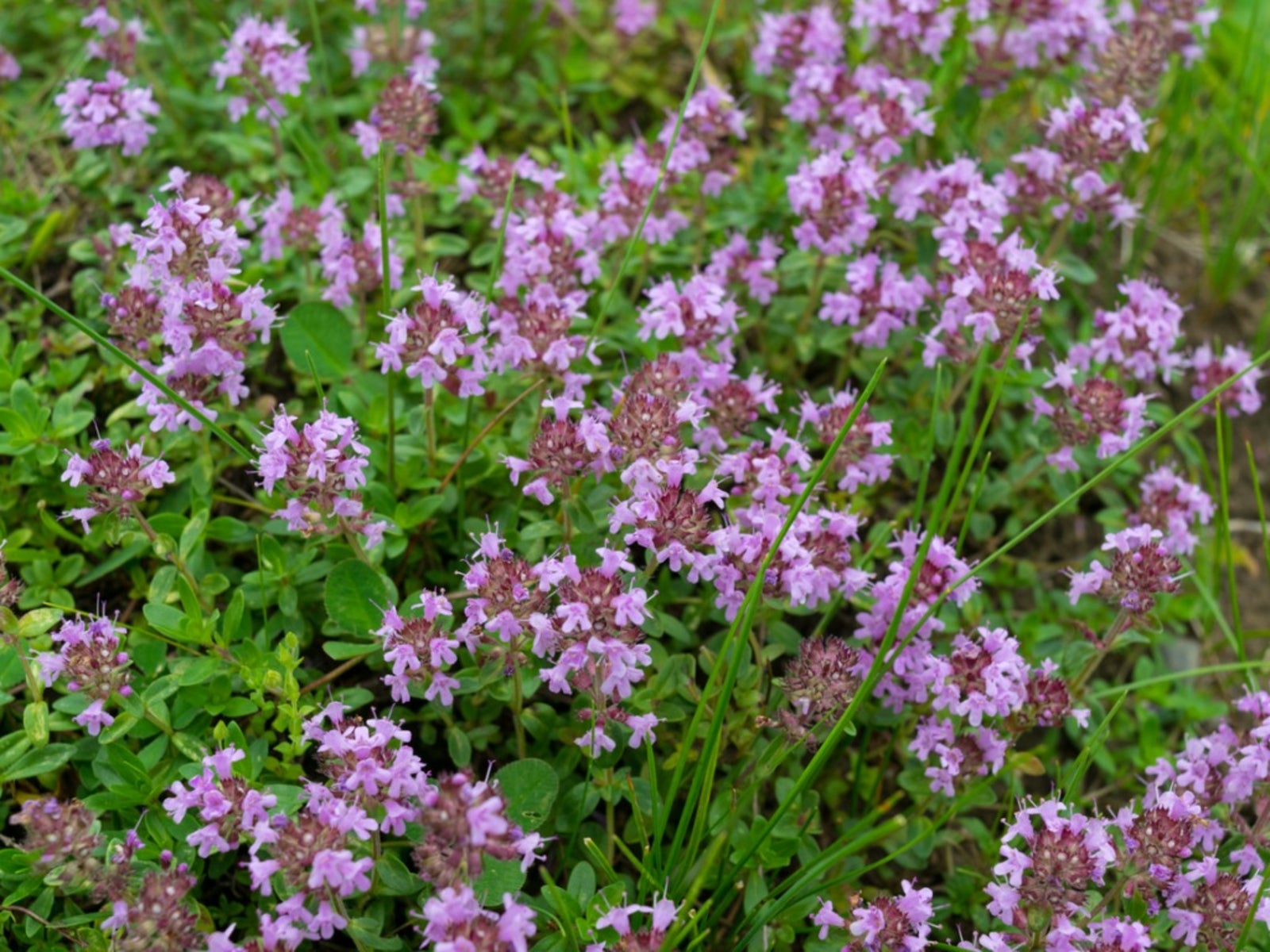 What Is Elfin Thyme: Information On Elfin Creeping Thyme Plant
What Is Elfin Thyme: Information On Elfin Creeping Thyme PlantElfin creeping thyme plant is as cherubic as its name implies with small glossy, green aromatic leaves and teeny weensy purple or pink blossoms. Read here for information on elfin thyme care.
By Amy Grant
-
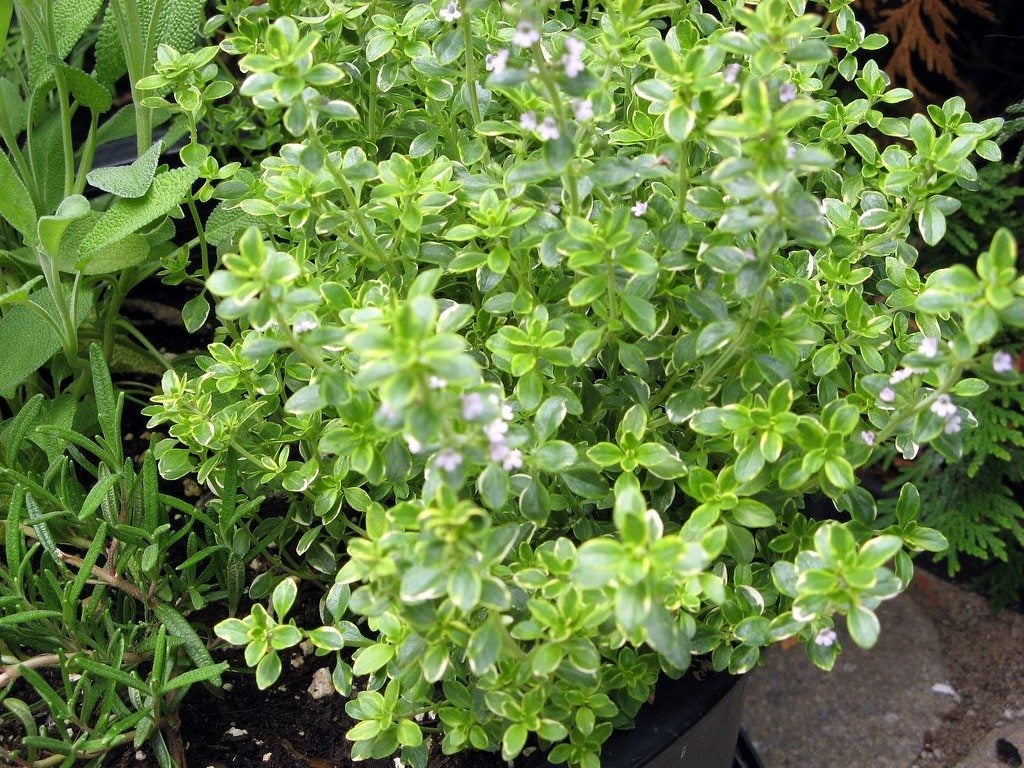 Lemon Thyme Herbs: How To Grow Lemon Thyme Plants
Lemon Thyme Herbs: How To Grow Lemon Thyme PlantsLemon thyme plants are a lovely addition to an herb garden, rock garden or border or as container plants. Grown not only for its culinary uses but for its attractive foliage, lemon thyme info can be found here.
By Amy Grant
-
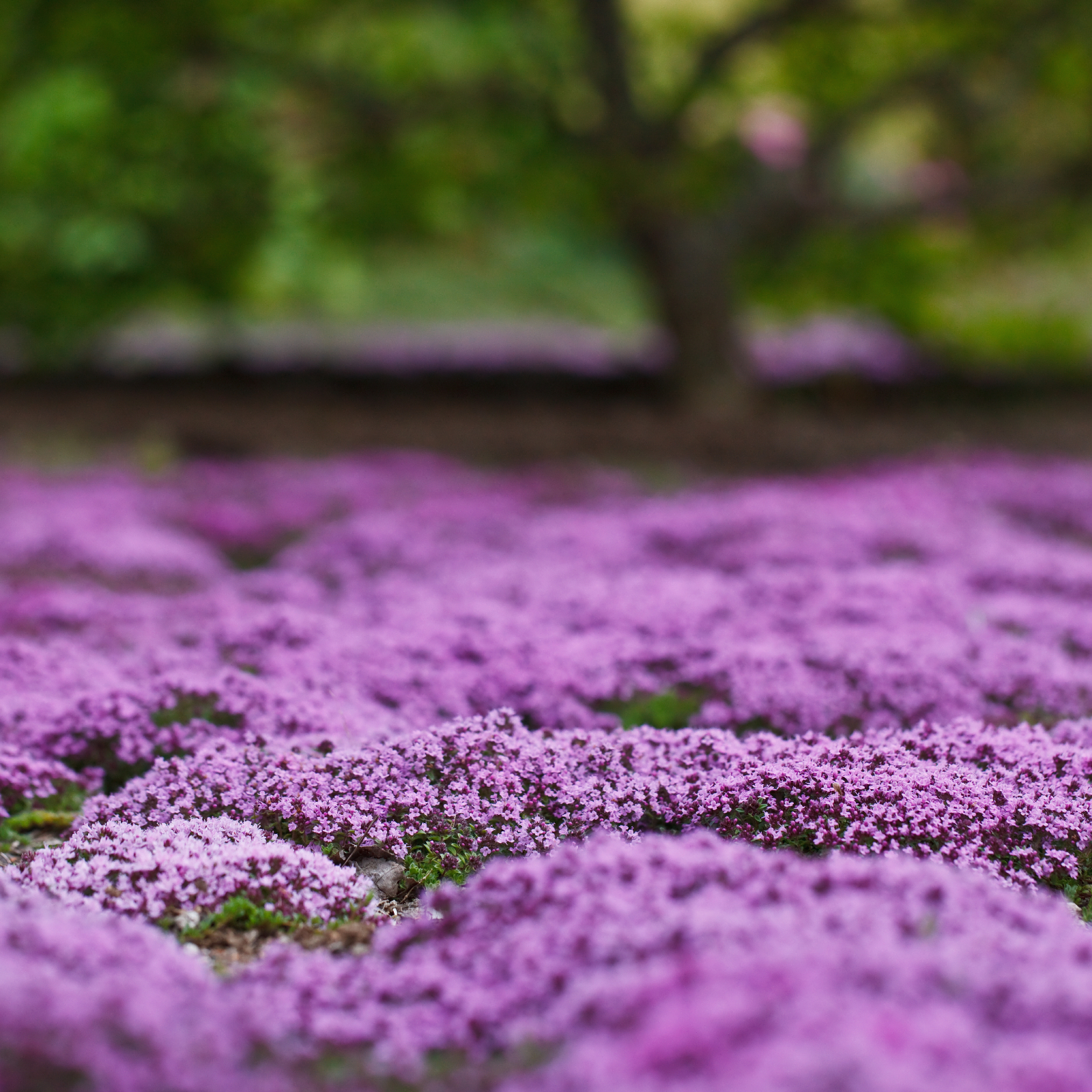 Creeping Thyme Growing Guide – Everything You Need To Know
Creeping Thyme Growing Guide – Everything You Need To KnowCreeping thyme makes a pretty and fragrant ground cover carpet, as well as a great spiller in pots. It likes a little grit in the soil and is easy to grow.
By Amy Grant
-
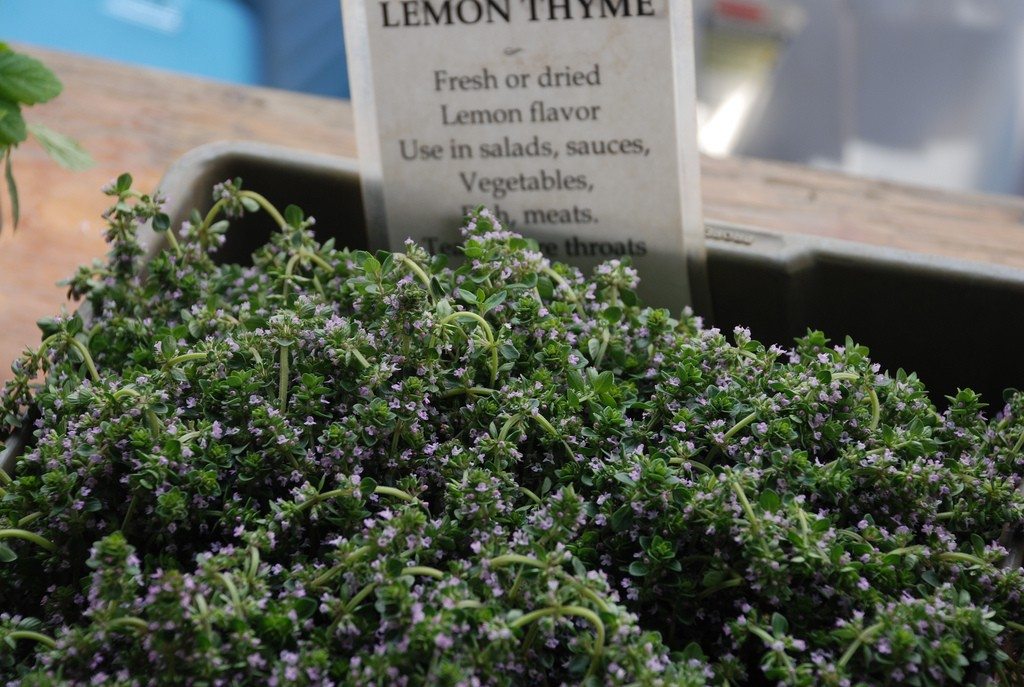 Types Of Thyme Plants: Varieties Of Thyme For The Garden
Types Of Thyme Plants: Varieties Of Thyme For The GardenBy Amy Grant
-
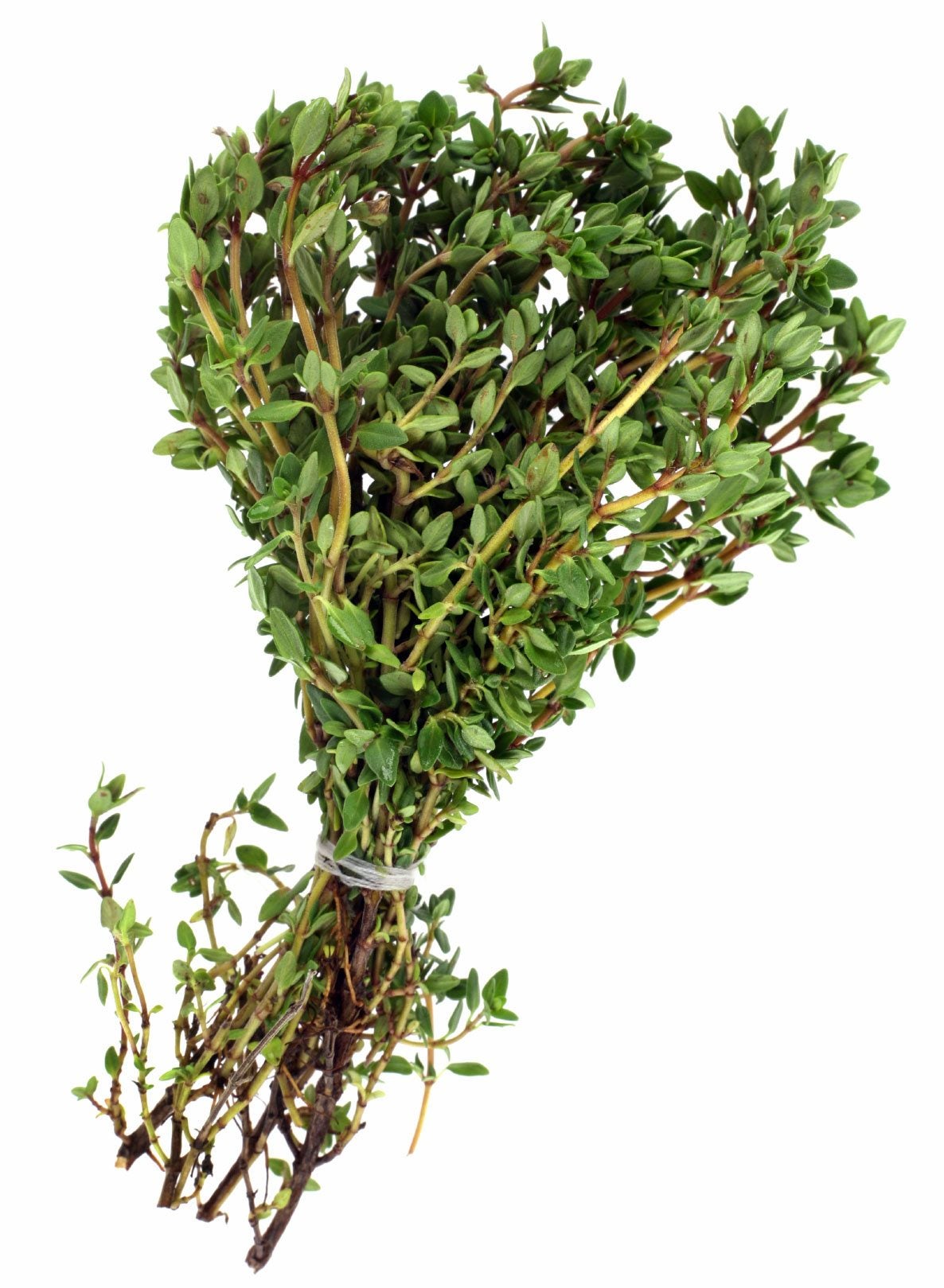 Storing Thyme - Drying Fresh Thyme After Harvesting
Storing Thyme - Drying Fresh Thyme After HarvestingThyme is one of the most versatile herbs, with various cultivars and flavors. Knowing how to dry thyme can help you preserve the delightful scent and flavor of this herb for easy home use. Click here for more.
By Bonnie L. Grant
-
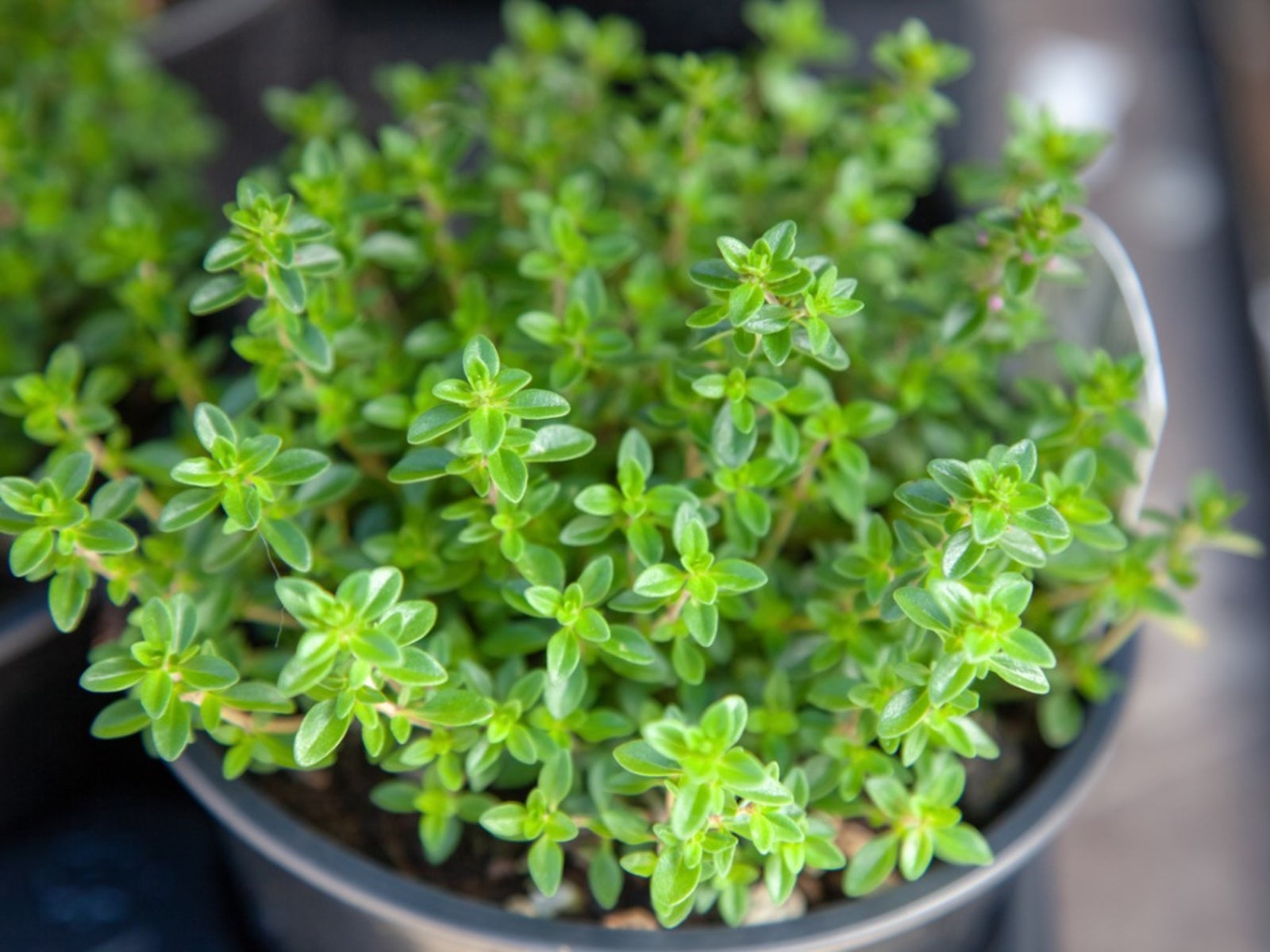 Growing Thyme Indoors: How To Grow Thyme Indoors
Growing Thyme Indoors: How To Grow Thyme IndoorsWhat could be better than having the scents and flavors near to hand in the kitchen? Thyme is a useful herb that can be used in a variety of ways. Growing thyme indoors is easy, and this article will help.
By Bonnie L. Grant
-
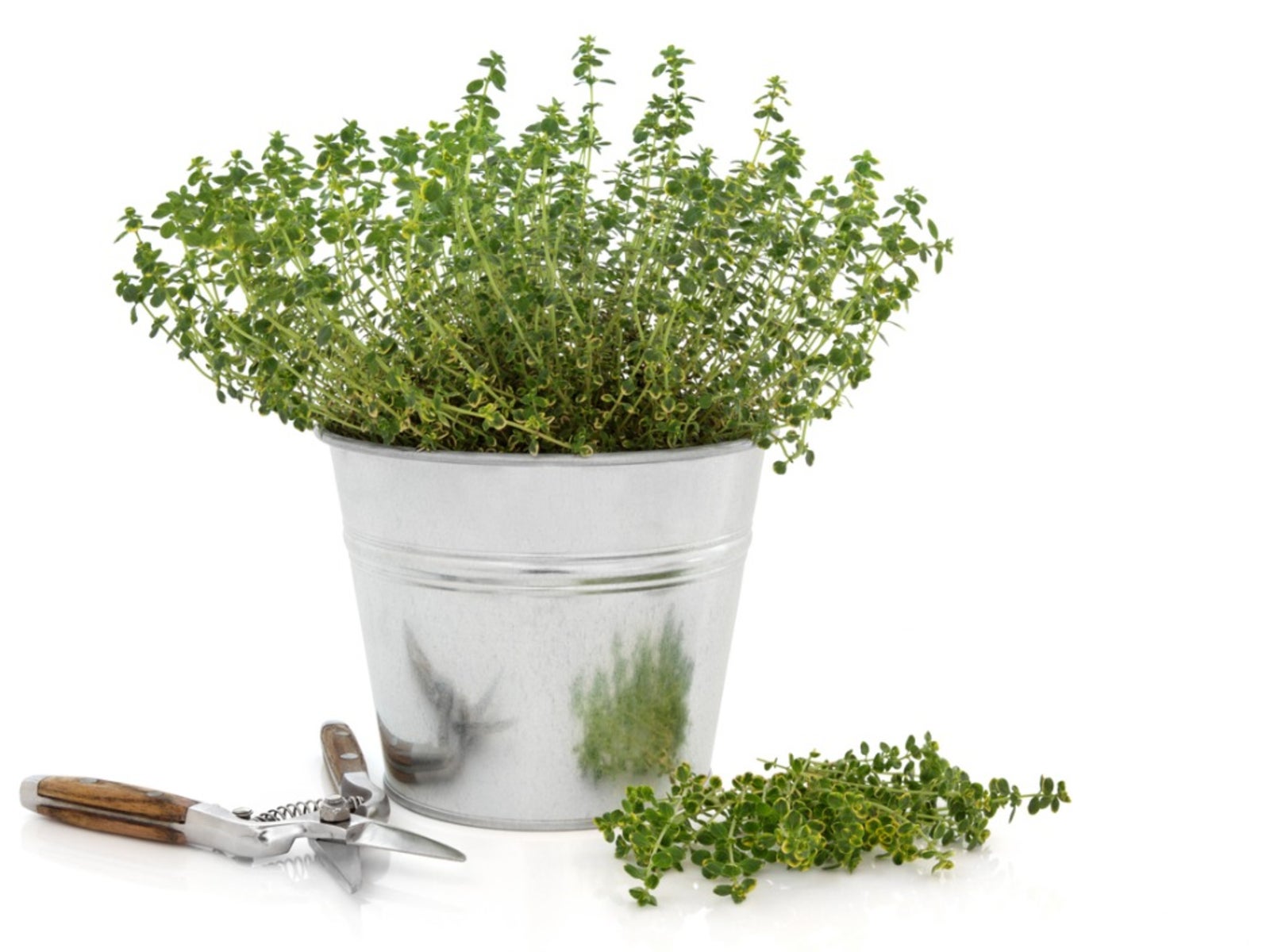 Tips For Pruning Thyme Plants For Best Growth
Tips For Pruning Thyme Plants For Best GrowthThyme plants do best when they are pruned regularly. Taking the time to trim thyme, not only creates a nicer looking plant, but also helps improve the amount you can harvest from the plant. Learn more here.
By Heather Rhoades